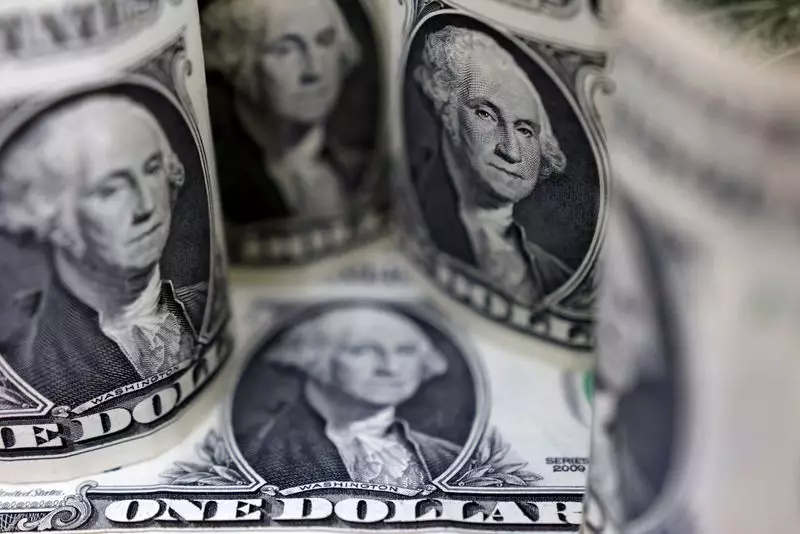As of now, the U.S. dollar finds itself in a complicated position amid growing global economic tensions and domestic political developments. Analysts from UBS have cautioned that the current valuation of the dollar has reached an overstretched point, particularly following a surge attributed to President-elect Donald Trump’s recent political rhetoric. Notably, the DXY dollar index witnessed an increase of approximately 0.5%, lifting it above 106 points. Such movements in currency valuation are noteworthy, reflecting not just market sentiment but also strategic geopolitical maneuvers that influence global trade perspectives.
Trump’s announcements regarding imposing 100% import tariffs on BRICS nations—Brazil, Russia, India, China, and South Africa—unless they abandon pursuits to create a joint currency or explore alternatives to using the U.S. dollar in international transactions, highlight the significant interplay between politics and financial markets. His declaration on social media emphasized a determined stance on protecting the dollar’s supremacy against emerging challenges posed by the BRICS countries. This heavy-handed approach suggests that the U.S. administration views any shift away from the dollar with a serious level of concern—potentially igniting further tensions in trade dynamics that could reverberate throughout global markets.
In response to these developments, currencies such as the Chinese yuan, Indian rupee, and South African rand experienced minor declines. This reaction indicates a heightened sensitivity to U.S. dollar moves, underscoring its role as the primary currency in international finance. UBS analysts contend that, despite ongoing de-dollarization efforts highlighted by various nations, the dollar’s dominance in the global monetary system remains largely unchallenged. The U.S. dollar constitutes over 47% of global payments, and its involvement in 88% of all trades is a testament to its liquidity and functional utility in financial markets.
Looking ahead, the outlook for the dollar appears relatively stable, primarily due to its entrenched role in both financial markets and international trade. Analysts predict that while debates surrounding the dollar’s dominance will persist, credible alternatives are lacking, ensuring that the dollar will continue to maintain its stronghold in global finance. Investors are thus advised to leverage periods of dollar strength to reconsider their exposure to U.S. currency assets, aiming to mitigate risks associated with potential fluctuations in its value.
The current landscape underscores the nuance and complexity of global currency dynamics. The dollar’s resilience is matched only by the economic strategies countries employ to either reinforce or challenge its dominance, providing a multifaceted field for investors and policymakers alike to navigate in the coming months. As geopolitical tensions persist, so too will the dollar’s significance, with its future interwoven in the shifting sands of international relations.


Leave a Reply